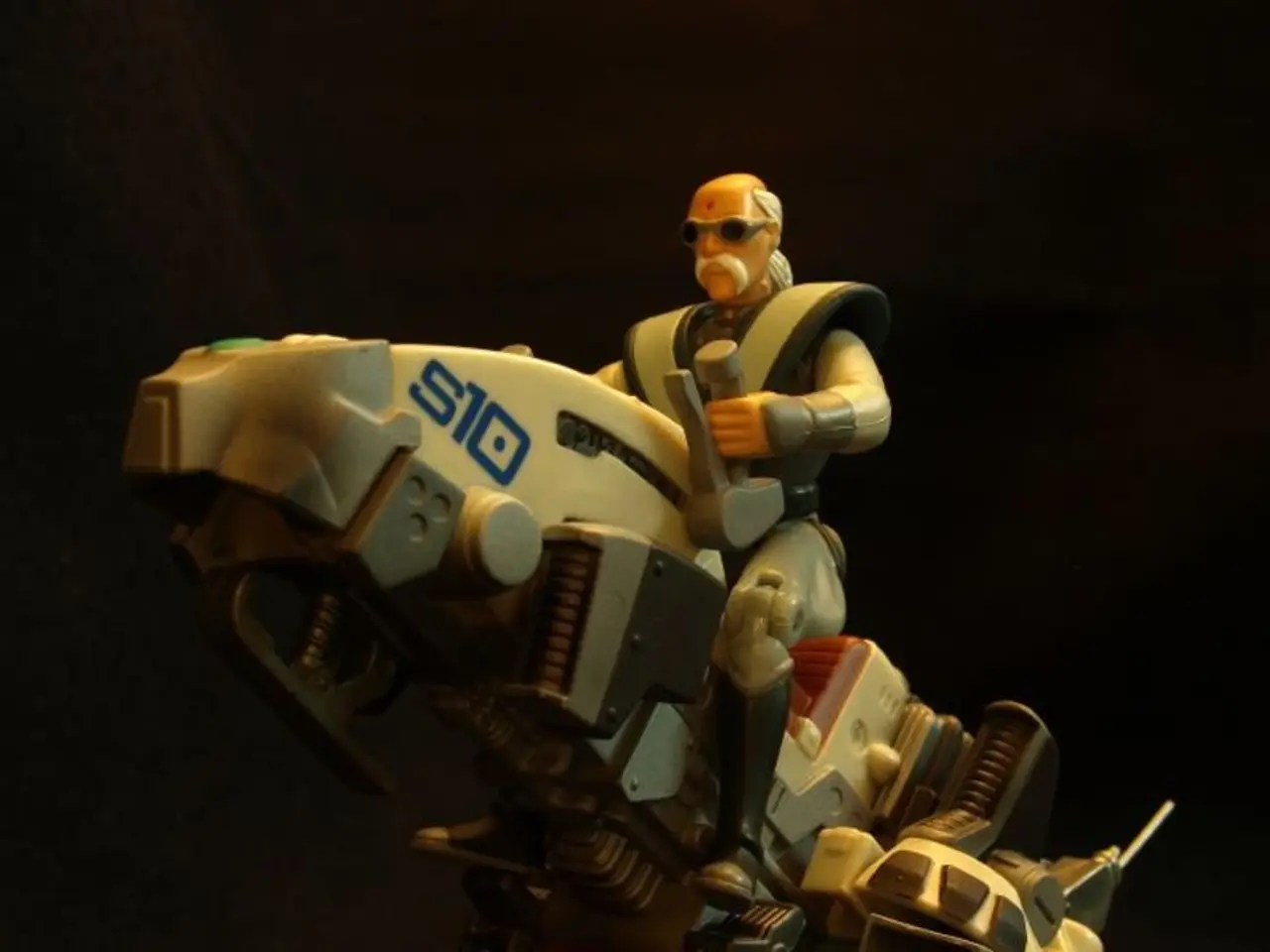Elon Musk advocates for Tesla, pledging vast sums for the development of robot taxis.
In a bid to bolster its future growth, Tesla, the electric vehicle giant, has set its sights on autonomous robotaxis, aiming to generate significant profits by 2026. However, analysts and industry experts are expressing concerns about the company's overly optimistic timeline, given the current challenges Tesla faces in sales, production, and regulatory approval.
Tesla's second quarter revenue fell by 12 percent to $22.5 billion, and the company delivered 384,122 vehicles, a decrease of 13.5 percent compared to the previous year. This sales downturn has led Tesla to abandon its forecast for vehicle delivery growth in 2025. The company is also losing market share in Europe and China, particularly to Chinese electric car manufacturers like BYD.
Elon Musk, Tesla's CEO, has promised a new, more affordable model that resembles the Model Y but offers stripped-down technology to counteract these losses. However, the new variant of the Model Y is selling poorly, and the U.S. EV subsidies of $7,500 (approximately €6,375) are set to expire in late September, which could further impact sales.
Tesla's approach to autonomous driving relies solely on cameras, omitting Lidar sensors, a decision that critics doubt is reliable enough for autonomous driving in poor visibility conditions. The company is still in the process of obtaining regulatory approval to launch robotaxi services in states like California, Nevada, and Florida. The process is expected to be challenging, especially in California, which has stringent safety requirements.
As of mid-2025, Tesla operates a limited pilot robotaxi fleet only in Austin, Texas, inaccessible to the public, indicating the service is not yet commercially viable. The U.S. traffic authority NHTSA is still investigating numerous accidents involving Tesla's assistance system "Autopilot".
Chief Financial Officer Vaibhav Taneja has warned that Tesla might not be able to produce enough vehicles to meet all customer demand, and the company overall is suffering from overcapacity, with the capacity to produce 2.35 million cars annually but expected to sell only 1.6 million this year.
Despite these challenges, Elon Musk has remained optimistic, announcing that Tesla would be able to provide robotaxis for millions of customers by the end of 2026. However, analysts call for more substance over headlines - autonomous mobility must first prove it can financially support Tesla. They warn that the automotive division’s decline and delays in the robotaxi rollout mean Tesla "cannot afford any missteps" in this initiative.
In summary, while Tesla is investing heavily in robotaxi technology and expects regulatory milestones in the near term, the company’s current sales downturn, unresolved technology and safety issues, and significant regulatory barriers make it unlikely that robotaxis will become a major profitable business by 2026. Success depends on overcoming these substantial operational and regulatory hurdles, which to date remain unproven at scale.
- Tesla's financial situation is under strain, as demonstrated by the 12% drop in their second-quarter revenue, the decline in vehicle deliveries, and their losing market share, particularly in Europe and China.
- Elon Musk, the CEO of Tesla, is attempting to counteract these losses by introducing a more affordable Model Y variant, but its sales have been disappointing.
- The company's approach to autonomous driving, relying solely on cameras, has attracted criticism, with doubts raised about its reliability in poor visibility conditions.
- To bolster profits, Tesla aims to launch robotaxi services by 2026, but analysts express concerns about the company's overly optimistic timeline, given the current challenges in sales, production, regulatory approval, and technology. This initiative is seen as crucial for Tesla's future, but its success hinges on overcoming operational and regulatory hurdles at scale.




